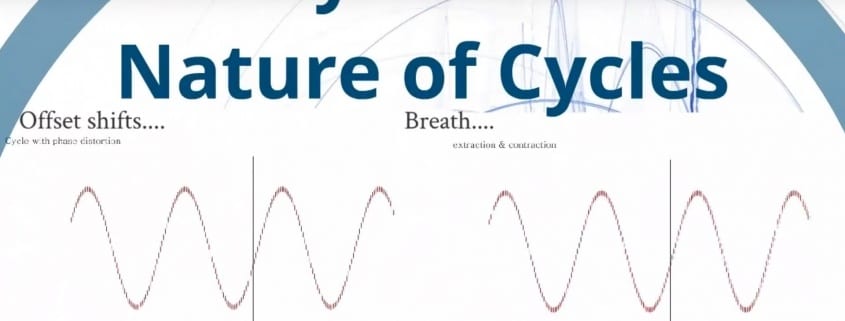What are Dynamic Cycles?
Dynamic Cycles Explained
The assumption that cycles are static over time is misleading for real world purposes.
Dominant Dynamic Cycles morph over time because of the nature of inner parameters of length and phase. Active Dominant Cycles do not abruptly jump from one length (e.g., 50) to another (e.g., 120). Typically, one dominant cycle will remain active for a longer period and vary around the core parameters. The “genes” of the cycle in terms of length, phase, and amplitude are not fixed and will morph around the dominant mean parameters.
Steve Puetz, a well known cycle researcher, called this “Period variability“:
“Period variability – Many natural cycles exhibit considerable variation between repetitions. For instance, the sunspot cycle has an average period of ∼10.75-yr. However, over the past 300 years, individual cycles varied from 9-yr to 14-yr. Many other natural cycles exhibit similar variation around mean periods.” Puetz (2014): in Chaos, Solitons & Fractals
This course explains length and phase shifting and what that means projecting cycles into the future.





